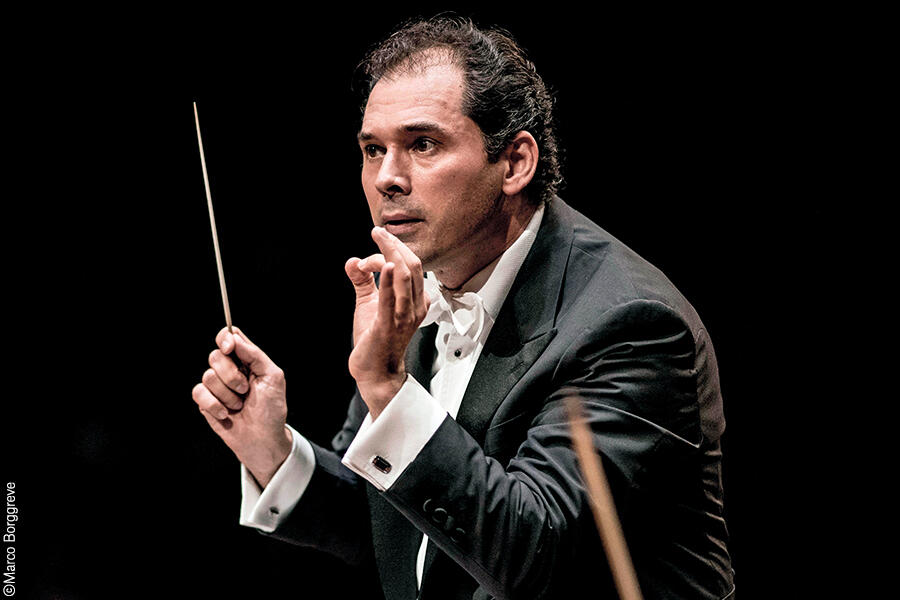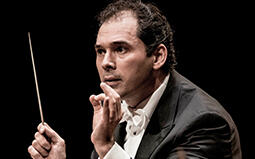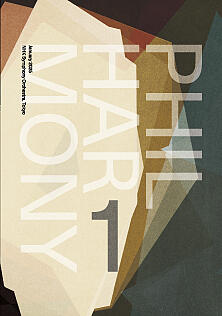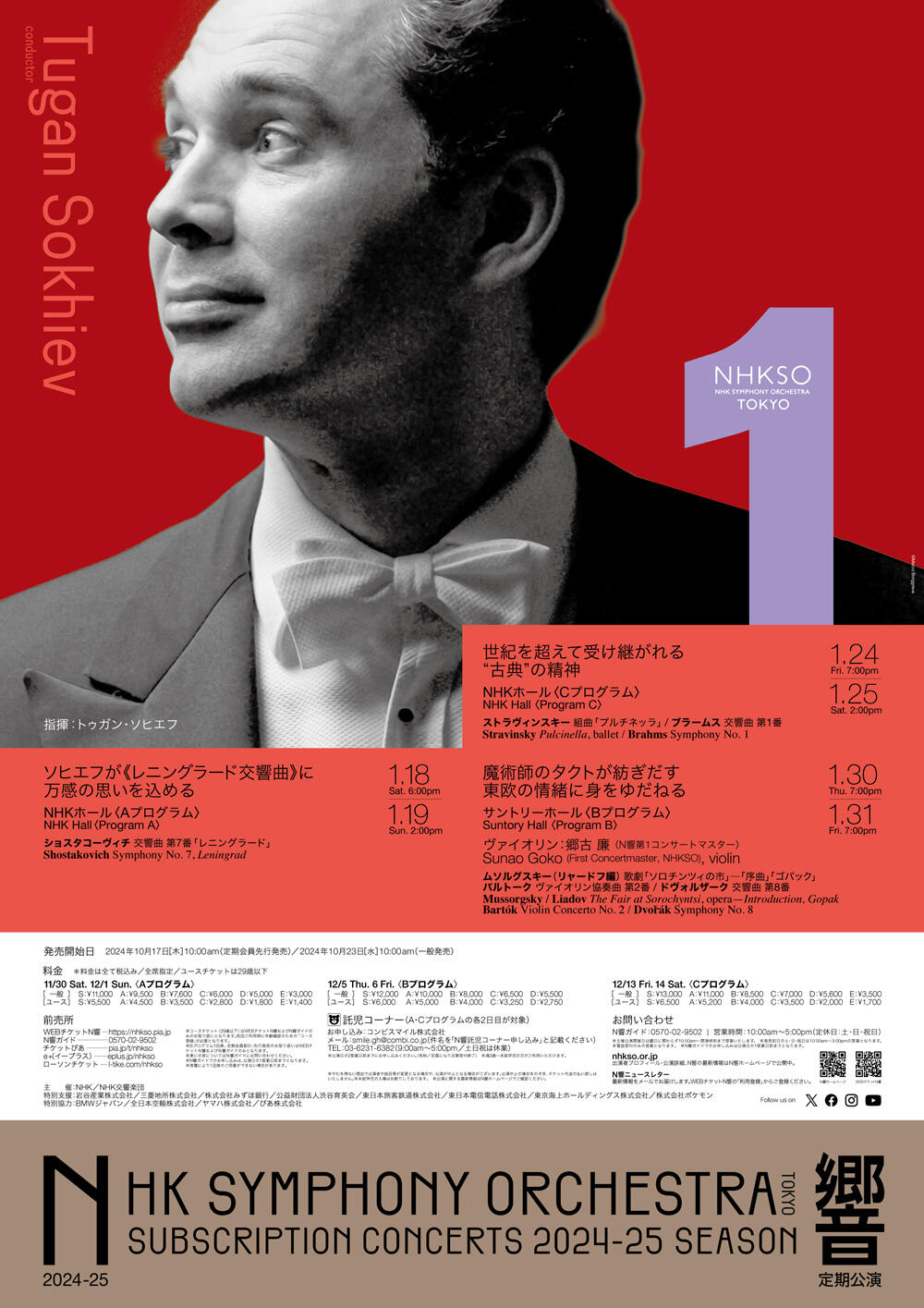- Home
- Concerts
- Subscription Concerts 2024-2025
- Program C
- No. 2029 Subscription (Program C)
No. 2029 Subscription (Program C)
NHK Hall
Google Map Seating Chart

Program
Stravinsky / Pulcinella, suite
Born near Saint Petersburg, Russia, Igor Stravinsky (1882–1971) was a private composition pupil of Rimsky-Korsakov (1844–1908) while studying law at university. The young man then gained international fame with his three “primitive-style” ballet scores The Firebird, Petrushka and The Rite of Spring. They all were written for the Russian impresario Sergei Diaghilev’s dance company, Ballets Russes, to be premiered in Paris on the eve of World War I. Stravinsky since frequently changed styles—and countries of residence—, after which he is often dubbed “Chameleon.”
With the ballet score Pulcinella written in 1919–1920 as a commission from Diaghilev, Stravinsky got a head start in Neo-classicism. This movement spread quickly to revive idioms, forms and aesthetics of the past in modern light as a potent antidote against the over-emotional late-Romanticism and the highly progressive atonalism/serialism.
For this ballet premiered in 1920 in Paris, Diaghilev and his dancer Léonide Massine (who was in charge of the scenario and choreography) drew much inspiration from “Commedia dell’arte,” a traditional comedy that originated in 16th-century Italy. In vogue throughout Europe from the 17th century on, this comedy has several archetypal characters including Pulcinella, a clown in white costume with a black mask and crooked nose. In the Diaghilev/Massine version, Pulcinella, a lady-killer, ends up wedding his jealous girlfriend Pimpinella.
Initially, Diaghilev requested Stravinsky to arrange some pieces by the Italian composer Giovanni Battista Pergolesi (1710–1736) for a full orchestra. Diaghilev, to his surprise, received instead an audacious re-creation for a compact orchestra and three singers: spiced up with modern rhythms, meters, harmonies and instrumentation, Stravinsky’s is full of originality and wittiness but also boundless respect for the past. The suite performed today is prepared by Stravinsky himself for an orchestra without vocalists in 1922. Later researchers revealed that some of the pieces he reworked—without knowing it—were actually by a few other 18th-century Italian composers. Domenico Gallo’s Trio Sonatas for Two Violins and Basso Continuo, in particular, assume an important role as the base for the several numbers such as opening noble Sinfonia and rhythmically-gripping Finale.
[Kumiko Nishi]
Brahms / Symphony No. 1 C Minor Op. 68
Born in Hamburg, northern Germany, Johannes Brahms (1833–1897) is one of the Romantic composers who pursued the past the most deeply, relying on forms and compositional techniques of the Classical era led to its heights by Beethoven (1770–1827). Brahms was even fascinated by Renaissance and Baroque music, especially J. S. Bach (1685–1750)’s, and acquired masterly contrapuntal writing. Though criticized for being behind the times by some of his contemporaries, Brahms’s seemingly traditional approach would strongly inspire future generations like Arnold Schönberg (1874–1951) so they could pave the way for modernism in music.
A catalyst for Brahms valuing past musical heritage was piano and music theory education he received from the Hamburg-based renown teacher, pianist and composer Eduard Marxsen (1806–1887), under whom the teenage Brahms developed a great admiration for Bach, Beethoven and other Classical composers. The programs of the first two piano solo recitals Brahms gave in 1848 and 1849 included indeed music of Bach and Beethoven.
Brahms then leaped into fame overnight at age 20, thanks to the glowing praise for him that the composer and critic Robert Schumann (1810–1856) released to the public in 1853. Now a promising composer, Brahms began to gestate his first symphony around 1855. However, he felt extreme pressure to extend the symphonic history, which seemed to be already concluded by Beethoven the giant. Also due to his highly self-critical nature, Brahms completed his No. 1 over twenty years later in 1876, on top of that, he revised it next year after hearing the premiere. Everything comes to those who wait: the conductor Hans von Bülow famously applauded it as “Beethoven’s Tenth.” This work indeed shows the greatest respect for Beethoven’s legacy, at once being a veritable “Brahms’ First” of his own voice.
Although a product of the Romantic era, Brahms’ No. 1 has the almost same instrumentation as Beethoven’s No. 5. The austere introduction opens Brahms’ No. 1, stating the C/C-sharp/D motif over timpani pounding. This chromatic three-note motto would recur in diverse forms throughout the symphony following Beethoven’s meticulous motivic development. The absence of minuet/scherzo movement may surprise listeners familiar with the genre of symphony: here Brahms strikes out in a new direction proposing a brief graceful interlude prior to the last movement. The finale’s dark introduction beginning in C minor reaches the C-major “Alphorn melody” blown by horns: from Switzerland, Brahms had sent a birthday card with this melody to his muse Clara (Schumann’s wife) penning below it the following words: “High on the mountains, deep in the valleys, I greet you a thousand times!” The ensuing main sonata section could be likened to a hymn to C major, with the lyrical first theme bearing a great resemblance to Beethoven’s An die Freude (Ode to Joy) tune from his Symphony No. 9.
[Kumiko Nishi]
Artists
 ConductorTugan Sokhiev
ConductorTugan Sokhiev
In 2025, the NHK Symphony Orchestra will again start the year under the baton of Tugan Sokhiev. Since 2008, he has been continuously making guest appearances, and has been unfolding a variety of musical adventures based on an extremely close relationship of trust with the orchestra. He resigned the position of Music Director of both the Bolshoi Theatre and the Orchestre national du Capitole de Toulouse in the spring of 2022, and it was in January 2023 when he stood on the podium of the NHK Symphony Orchestra after an absence of three years, and then, in January 2024, he vividly presented three completely different programs of French, Russian and German repertoire with the orchestra.
Tugan Sokhiev, who is in his 40s, continues to strive energetically in concerts and operas. He was born in 1977 in Vladikavkaz in North Ossetia of the former Soviet Union, and studied conducting with Ilya Musin and Yuri Temirkanov at the St. Petersburg Conservatory. He excels in expressing passion and dynamism in Russian repertoire, and the sophisticated nature and colors particular to French music, but also he is masterly in demonstrating the meticulous structure of German and Austrian repertoire as he served as Principal Conductor of the Deutsches Symphonie-Orchester Berlin in the 2010s. He has also visited Japan with the Wiener Philharmoniker in November 2023, and the Münchner Philharmoniker in November 2024.
He continues to conduct three programs this season. Placing the composers he has worked with the NHK Symphony Orchestra until now as the core, works by Mussorgsky and Stravinsky are performed for the first time. He also features Russian and east European composers, but will finally work on Brahms’ Symphony No. 1, the work which had to be cancelled during the pandemic. We will enjoy an intense and exciting opening of the new year.
[Takaakira Aosawa, music critic]
Download
Ticket
Program C
No. 2029 Subscription (Program C)
NHK Hall
Google Map
Seating Chart
Single Tickets Release Date
Pre-sales for Subscribers:Thursday, October 17, 2024
*about subscribers
Sale to General Public:Wednesday, October 23, 2024
Price
| S | A | B | C | D | E | |
|---|---|---|---|---|---|---|
| Ordinary Ticket | 11,000 | 9,500 | 7,600 | 6,000 | 5,000 | 3,000 |
| Youth Ticket | 5,500 | 4,500 | 3,500 | 2,800 | 1,800 | 1,400 |
Seating chart Enlarge Print PDF
*tax included
*Subscribers receive a 10% discount (Available at NHKSO WEB Ticket and N-Kyo Guide)
*For wheelchair-accessible seats, please refer to the N-Kyo Guide
Youth Tickets
Youth Tickets are great options for those of 29 years old and younger
Subscription tickets
Release Date
ANNUAL SUBSCRIPTION TICKETS
Mon., July 15, 2024 10:00am
[For Subscribers: Sun., July 7, 2024 10:00am]
SEASONAL SUBSCRIPTION TICKETS (WINTER)
Tue., October 15, 2024 10:00am
[For Subscribers: Thu., October 10, 2024 10:00am]
Where to buy
NHKSO WEB Ticket | Friday, January 24 (In English / Seats not selectable)
NHKSO WEB Ticket | Saturday, January 25 (In English / Seats not selectable)
NHKSO WEB Ticket (In Japanese only / Seats selectable)
N-Kyo Guide (Purchase by telephone only)
Other Ticket Agents
*Repertoire, conductor, soloists and program order are subject to change without notice.
*Pre-school children are not allowed in the concert hall



